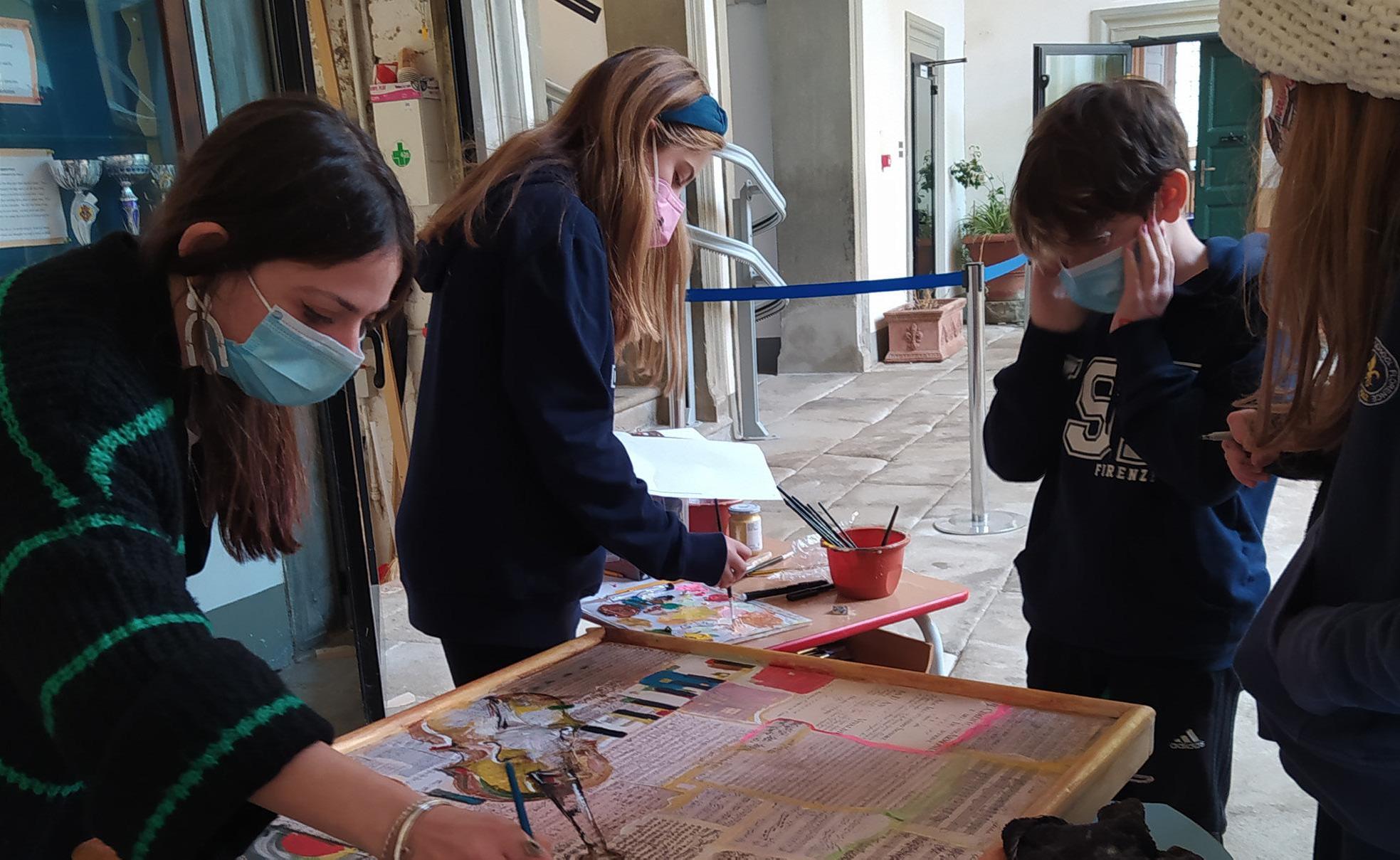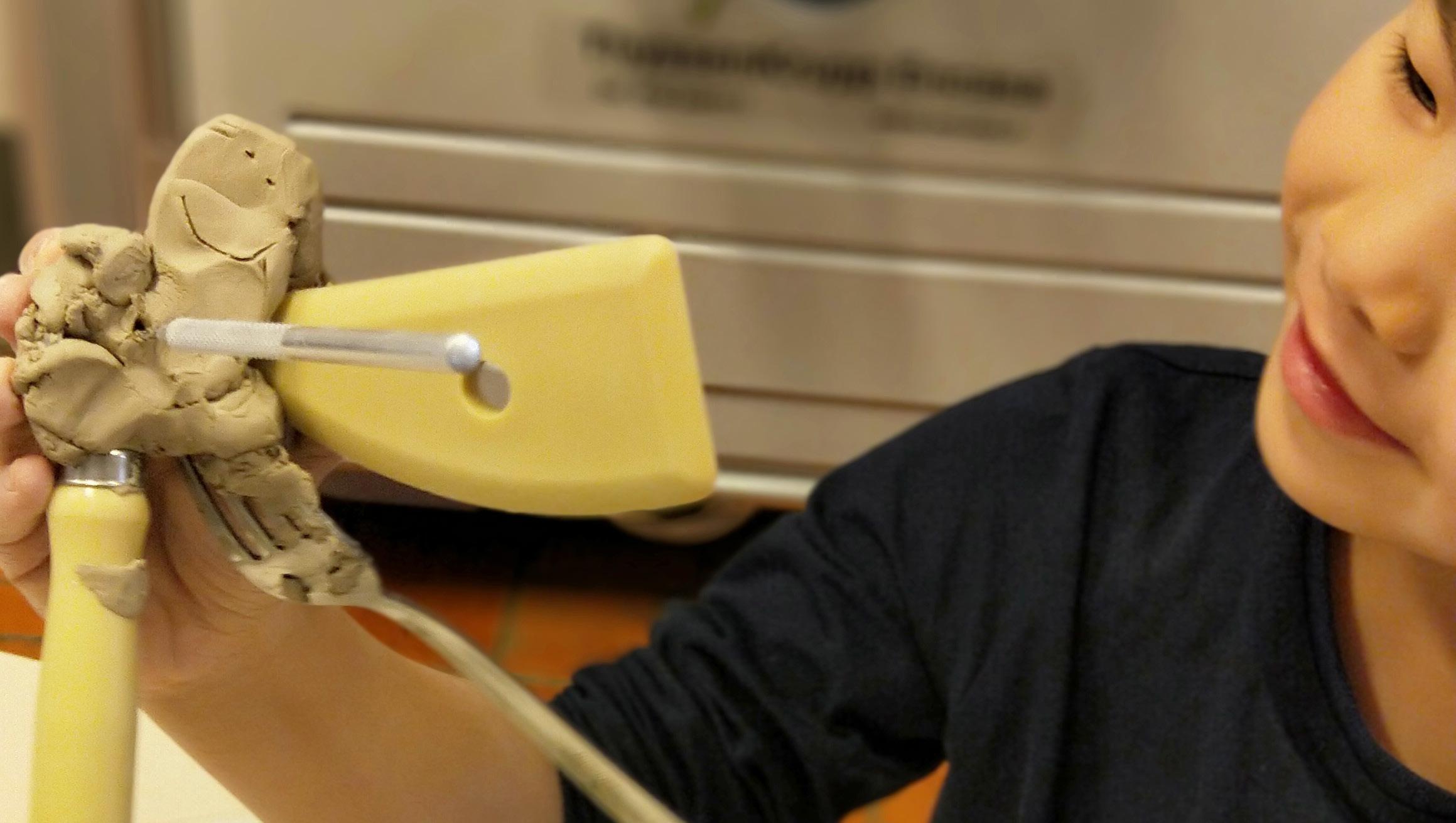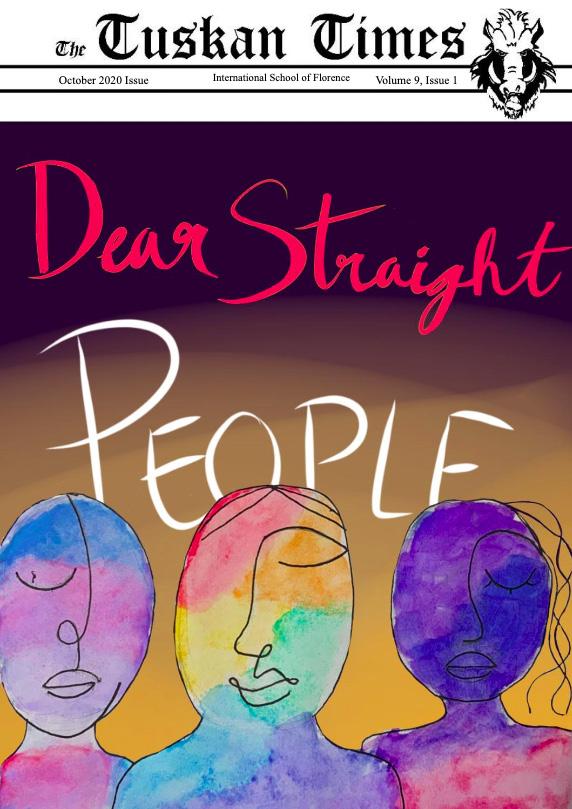
3 minute read
A Community of Creative Makers and Doers, Erin Hoover, Vanessa Regnier, Rebecca Bartolotti
A COMMUNITY OF CREATIVE MAKERS AND DOERS
ERIN HOOVER, VANESSA REGNIER, AND REBECCA BARTOLOTTI
"What children learn does not follow as an automatic result from what is taught, rather, it is in large part due to the children’s own doing, as a consequence of their activities and our resources."
—Loris Malaguzzi, The Hundred Languages of Children
The concept of an Artelierista comes from the Reggio Emilia approach to learning, an approach that aligns beautifully with the PYP philosophy and pedagogy, and one we are exploring and developing in Early Years and Foundation. So what is an Atelierista and why are we interested in enhancing this role throughout the Junior School? An Atelierista is essentially “a creative facilitator who supports children’s imagination, expression and experimentation, actively striving to encourage dynamic learning processes through the arts” (Reggio Children, 2020). The atelier provides a place for children to use a variety of techniques, it assists the adults in understanding processes of how children learn, and it provides a "workshop for documentation" (Edwards, et al., 1993, p. 121). Equipping classrooms with an interesting variety of materials provides rich environments for both spontaneity and project revisitation.
The collaboration at the JS involves students throughout the school, and is in support of the Art teacher, the ISF philosophy and the whole community as we strive towards a community of
"Teaching for creativity involves asking open-ended questions where there may be multiple solutions; working in groups on collaborative projects, using imagination to explore possibilities; making connections between different ways of seeing; and exploring the ambiguities and tensions that may lie between them."
—Ken Robinson, Out Of Our Minds: Learning to Be Creative
creative makers and doers. Alongside the permanent EY Atelier space, once a week our Atelierista sets up an invitation to contribute to a collaborative art project in a shared space in the primary section. It is important to see this time as a moment of growth where skills don't count as much as passion and where a student can really get the opportunity to learn and share something new. While the current situation restricts some opportunities, as a team we have worked within these protocols to support all year levels in some way, and we will continue to do so.
Malaguzzi emphasized that “it was not so much that we need to think of the child who develops himself by himself, but rather of a child who develops himself interacting and developing with others” (Rankin 2004, 82). As such, at the core of the Reggio Emilia philosophy is its emphasis on building and sustaining relationships. This is also a direct link to the IB Primary Years Programme philosophy in the early years. In the Early Years and Foundation it is already a daily integration where students are given the opportunity to work around different spaces created to learn independence and skills in an artistic and scientific way. The Atelier, as it is called, is a space where different areas are prepared and available for students' choice. They are encouraged and supported to improve and enhance whatever it is they are interested in. The atelier environment is the third teacher. Malaguzzi emphasized that the environment plays a central role in the process of making learning meaningful. So important was this notion, that Malaguzzi defined the environment as the third teacher (Gandini 2011). Malaguzzi’s third teacher is a flexible environment, responsive to the need for teachers and children to create learning together. The classroom environment can help shape a child’s identity as a powerful player in his or her own life and the lives of others. To foster such an environment, teachers must go deeper than what is merely seen at eye level and develop a deep understanding of the underlying principles and of children’s thinking, questions, and curiosities.










